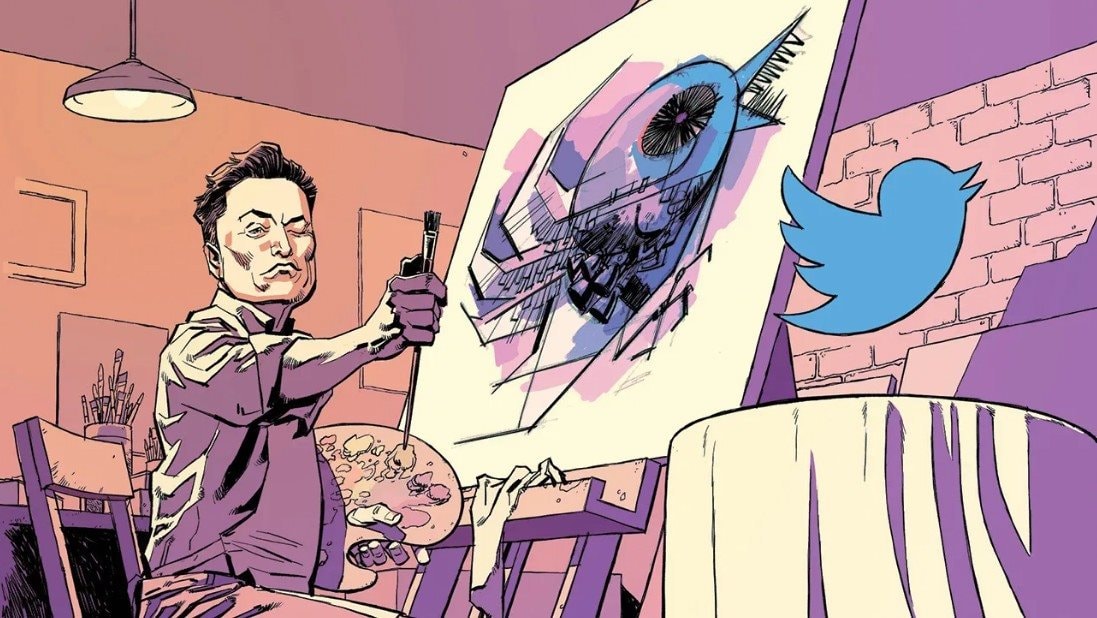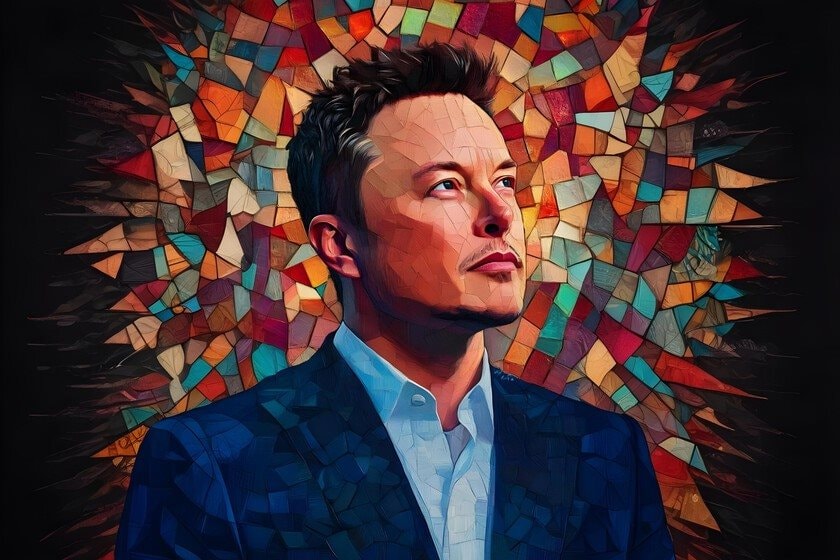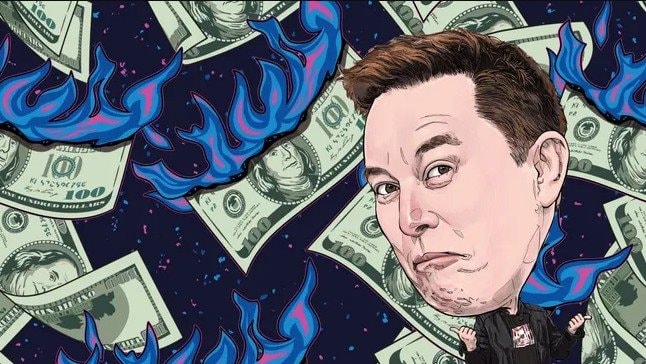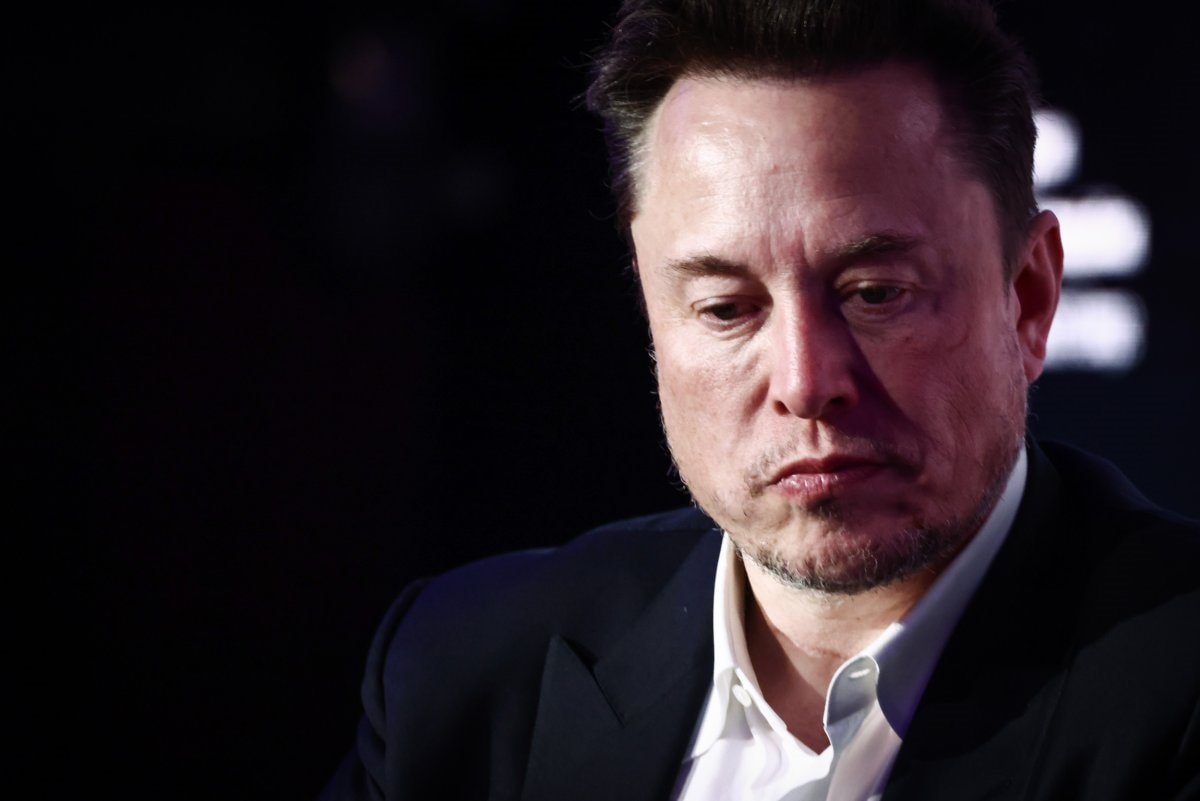Elon Musk’s management philosophy shows that employees will not be motivated to develop without pressure, but this also brings many consequences.

Elon Musk is not only famous for his great ambitions such as sending humans to Mars or revolutionizing the electric car industry, but also for his harsh management style.
One of the most prominent features is the “10% layoff” culture – a strategy of continuously cutting staff to maintain a lean and efficient team.
But is this double-edged sword really the formula for sustainable success?
Harsh
On the morning of April 15, 2024, more than 14,000 Tesla employees—more than 10% of the company’s total global workforce—received a collective email from CEO Elon Musk informing them that they would no longer have a place at the company.
The short, unannounced message, sent from Musk’s personal account, left many people “in complete shock” when they discovered they had been terminated in a matter of moments.
In an internal email, Musk said the cuts were “most painful but necessary” and were intended to “help the company become lean, innovative and hungry for the next phase of growth.”

Before firing, managers are instructed to draw up a list of the 10% of employees who perform the least well. But middle managers say they are not given clear guidance on how to evaluate them, and many are left to make judgments based on gut feeling or short-term performance.
The result is widespread panic: everyone fears being in the “bottom 10%” and constantly puts pressure on themselves to prove their abilities.
Musk’s style has many similarities with the “Vitality Curve” strategy of Jack Welch, the legendary former CEO of General Electric in the 1980s.
CEO Welch once applied the “20-70-10” policy, in which the 10% of employees with the worst performance would be eliminated every year to continuously improve the quality of the team.
Since the late 1980s, a widespread trend of borrowing heavily to buy businesses and then tightening costs—including through layoffs—to boost returns for investors has led to a culture of “constant cuts” becoming a common tool to maintain expected profit margins each quarter.
Elon Musk seems to share this philosophy, but with a more blunt and direct tone.
The Tesla boss is famous for approaching problems from the most basic principles, rather than relying on precedent or pre-existing assumptions. This can be applied to human resource management: instead of accepting a cumbersome apparatus, he will question each position and each process to see if they are really necessary and optimal.
At his companies like Tesla, SpaceX, and X (formerly Twitter), Musk demands an “extremely intense” work ethic. He believes that to achieve groundbreaking goals, only those with the highest commitment and ability to work under extreme pressure will survive.
The layoffs were often justified by him as necessary to eliminate duplication, optimize costs and push the company to become “lean, innovative and hungry”.
In April 2024, Elon Musk even stated that “about every 5 years, we need to restructure and streamline the company for the next phase of growth”, eliminating 10–20% of global staff to optimize costs and productivity.

Layoffs under Elon Musk have often been sudden and widespread, with employees having their access to company systems locked out immediately after the announcement.
At Twitter, he once asked employees to prove their worth by submitting code, and within days, a large number of employees were leaving. This approach was decisive and uncompromising, but it also had significant consequences.
Is it sustainable?
In the long run, is it a sustainable strategy to consistently lay off 10% of your workforce? While it may provide short-term cost and efficiency benefits, the cost to employee morale, retention, and a positive corporate culture is enormous.
On the plus side, Musk’s supporters argue that constant “refinement” of personnel helps his companies stay agile and efficient, especially in competitive tech industries. It can drive performance improvements and eliminate unnecessary burdens.
However, the downside of this culture is undeniable. It creates a huge psychological pressure on all employees, leading to anxiety, insecurity and reduced work morale.
When the fear of being fired is constant, it can stifle creativity, collaboration, and employee engagement.
Tabatha Lucas—a Tesla service advisor in Georgia—was devastated when she opened her email on her day off and saw her name on the layoff list, despite having been praised by her boss just weeks before.
A former Tesla manager in Virginia Beach said she only learned of the incident while driving to the factory early in the morning: “No calls, no meetings, just a cold email.”
Market analysts see this as a temporary measure to protect profit margins amid cooling electric vehicle prices and competition with BYD, Nissan, etc. However, they also warn that the long-term negative impact of “email dismissals” could erode culture and push talent away from Tesla.

Many experts are also concerned about the brain drain, where experienced talent may choose to leave because they cannot stand the harsh working environment.
When many original employees leave, the company is likely to lose experience, internal customer relationships, and important professional skills.
Elon Musk may be a genius with extraordinary visions, but managing people requires more than just performance. A balanced work environment where employees feel valued, able to contribute and grow is likely to be a stronger foundation for long-term success.
Elon Musk’s “10% periodic firing” management culture acts as a double-edged sword.
On the positive side, it helps companies quickly eliminate duplicate functions, save costs and maintain growth momentum. On the negative side, it instills fear, puts employees in a state of stress, and can drive away talented people who want a transparent, humane work environment.
“Layoffs don’t increase productivity. They don’t solve underlying problems like ineffective strategies, lost market share, or low sales. In short, repeated layoffs are a bad decision,” said Professor Jeffrey Pfeffer at Stanford Graduate School of Business.
News
Elizabeth Hurley Ditches the Christmas Bikini for a Chic ‘Winter Wonderland’ Moment
Elizabeth Hurley usually spends Christmas in a tropical location, enjoying the warm sun and the sandy beaches. This year, she’s mixing things up!…
Post Malone has been working non-stop as he’s nearly finished recording 45 new songs for his fans.
Post Malone Says He Almost Finished Recording 45 New Songs And Hopes To Release New Music Before In Early 2026…
Lainey Wilson Is Bringing Country Flair to NFL Christmas Halftime Show
Lainey Wilson will be livening up the NFL Christmas halftime show with her signature charm and powerhouse country vocals. If…
Brandel Chamblee calls for Koepka’s PGA Tour return after LIV Golf exit
Brandel Chamblee has responded to news that Brooks Koepka has quit LIV Golf. A statement issued by LIV Golf this…
John Daly wants to share Ryder Cup captaincy with Tiger Woods
John Daly wants to share Ryder Cup captaincy with Tiger Woods. Yes, really. Who is the only eligible multiple major…
Complete shock!!! Erika Kirk Caught Lying About Dating History
Erika Kirk recently made an appearance on CBS News. While there was plenty for the internet to chew over, one particular…
End of content
No more pages to load












